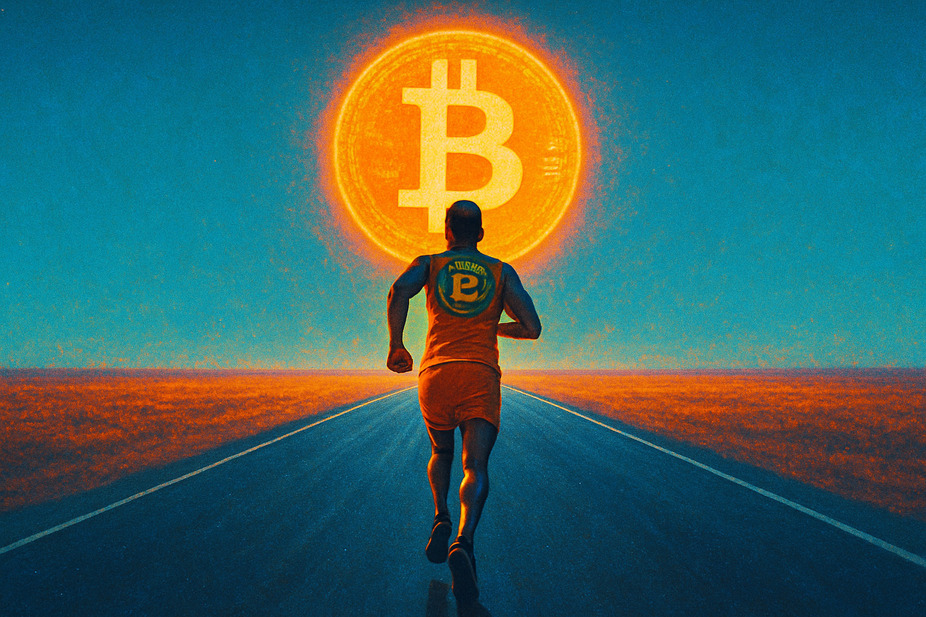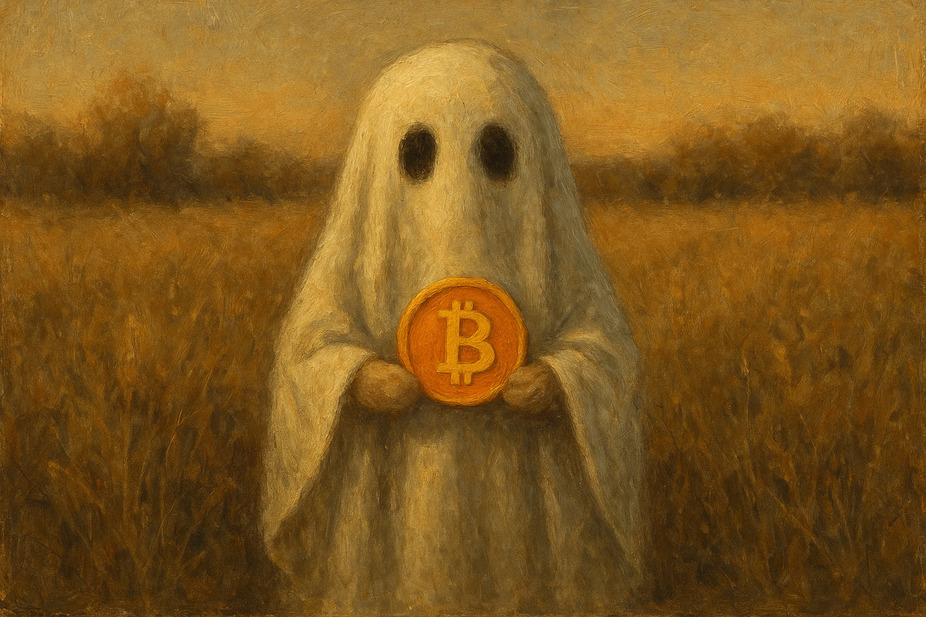Popular cryptos
IOTA
Download Ironwallet app and get tool for making transaction without network fee
About IOTA
IOTA is a distributed ledger technology designed specifically for the Internet of Things (IoT). It utilizes a directed acyclic graph (DAG) ledger architecture known as the “Tangle” instead of the traditional blockchain. The goal of IOTA is to provide a secure, scalable and feeless transaction settlement layer for the machine-to-machine economy.
What is IOTA?
The primary appeal of IOTA lies in its potential as a facilitator of the Internet of Things (IoT), hence the need to understand what it truly is. Unlike blockchain-based cryptocurrencies like Bitcoin or Ethereum, IOTA operates on a decentralized platform, called the Tangle. This Direct Acyclic Graph architecture permits transactions to occur without incurring fees and asynchronously. This innovative technology shatters barriers, fostering a seamless, peer-to-peer trading environment.
Equally compelling, IOTA is innately scalable. As the network expands, transactions become faster, allowing for increased levels of participation without concerns of scalability issues, making it uniquely positioned to handle the massive anticipated growth of IoT devices. The not-for-profit IOTA Foundation oversees the currency, seeking to establish a future where humans and machines can interact on a trustless, decentralized network.
This approach secures the data integrity, enhancing the privacy and efficacy of mundane and monumental tasks alike. The essence of IOTA resides in this mission to transform society by harnessing the potential of IoT, by creating an efficient, entirely new digital economy utilizing innovative technology rather than blockchain.
Design and Key Features
The TangleInstead of sequential blocks like a traditional blockchain, IOTA uses a DAG data structure known as the Tangle. Transactions issued to the Tangle validate two previous transactions, allowing the network to scale in parallel with new transactions and without any transaction fees. This enables fast, scalable micropayments perfect for the emerging machine economy.
Zero-fee TransactionsIOTA has no transaction fees – devices can transact value without having to pay miners or validators. This makes IOTA ideal for micropayments and the IoT environment where machines need to exchange value at tiny scales.
Offline TransactionsIOTA supports offline transactions through its distributed ledger architecture. Devices can transact with each other locally and record transaction data into the Tangle later when back online. This enables use cases without constant internet connectivity.
Use Cases and Adoption
Internet-of-ThingsIoT is IOTA’s native environment. IOTA allows machines and devices to trade exact amounts of resources on-demand through micropayments as well as verify device identities on the ledger. This would power a true machine-to-machine economy.
Smart CitiesIOTA can help enable smart city infrastructure like energy grids and electric vehicle charging to autonomously manage transactions at scale. Shared public transportation can also utilize IOTA to provide frictionless mobility within cities.
Supply ChainsThe transparency, auditability and automation benefits of IOTA can enhance global supply chains. Supply chain data can be immutably recorded to increase transparency while payments and settlements between entities along the chain are frictionless.
Challenges and Criticisms
Centralization ConcernsSome criticize IOTA’s architecture for being over centralized in its early stages due to the Coordinator node. The network depends greatly on this node developed by the IOTA Foundation for consensus, raising decentralization concerns.
CoordinatorThe Coordinator node helps protect against certain attacks by ordering transactions in an immutable sequence. However, this means the network is not entirely decentralized. Removing the Coordinator is necessary for IOTA to deliver on its goal of decentralization.
Security IssuesResearch has exposed some vulnerabilities in IOTA regarding successful double spending attacks as well as “parasite chain” attacks due to the nature of its DAG-based architecture. These present security risks if not properly addressed with better network protections.
Risks and Advantages of Investing in IOTA Cryptocurrency
Investing in IOTA Cryptocurrency comes with its own risks and rewards, as with any emerging technology. There’s the potential for high returns, considering IOTA’s differentiating factors. Unlike other digital currencies, IOTA lacks transaction fees and promises infinite scalability due to its unique Tangle technology, which may enable more efficient and cost-effective transactions in the Internet of Things ecosystem. This could lead to substantial growth in the years ahead.
However, these benefits must be weighed against the risks. Due to its relative novelty and decentralization, the absence of regulatory oversight currently raises questions about security and price volatility. Moreover, since IOTA’s success hinges on the broad adoption of Internet of Things, it’s vulnerable to any setbacks that this tech may face. Also, its unique architecture, while advantageous, might become a hindrance if it faces compatibility or integration issues with other systems. Hence, it’s crucial to conduct thorough research and understand IOTA’s potential and limitations before making investment decisions.
The Future of IOTA
The IOTA Foundation is continuously developing upgrades like strong coordination-free consensus algorithms and smarter tip selection algorithms. With its core vision of machine-centric micropayments, key partnerships and real-world pilot use cases emerging, IOTA’s prospects look promising as a standard for enabling the machine economy if it can overcome its challenges regarding decentralization and security.

























